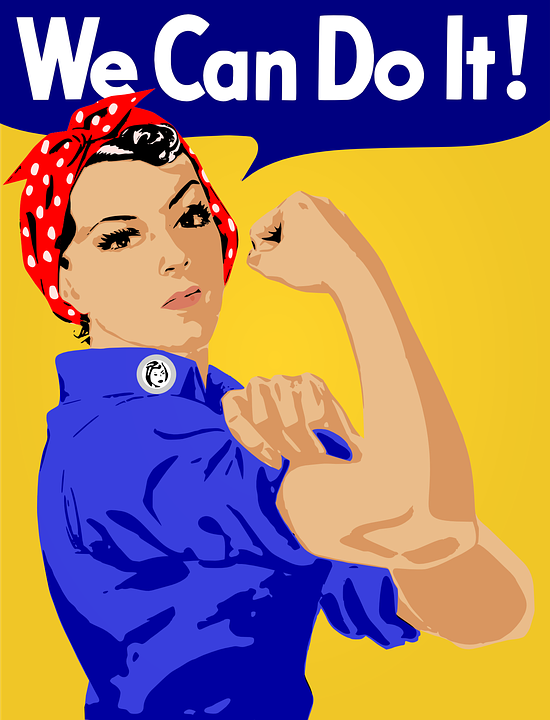March is Women’s History Month. What began as a protest against poor working conditions for women in New York City’s Garment District more than a century ago has grown in scope and size, even spanning continents. Beginning in 1911, March 8 was recognized throughout Europe and the United States as International Women’s Day. It has evolved into a month-long celebration dedicated to women’s achievement, progress toward gender equality, and reflection on the long arc of injustice based on sex and gender stereotypes and discrimination.
Women’s History Month is also a time to reflect on how women’s resilience, resistance, and strength have made the world a measurably better place. HerStory—a history centered on the experience of women, and as told by women—is celebrated in BMCC. Here, we highlight women who made significant impacts in their fields and, thus, on the culture.
Let’s delve into the narratives of just a few remarkable women–both on the scene today and in the past. Preview tip: Some of them have left their mark in unconventional ways.
Take, for instance, Greta Gerwig (1983-), an American filmmaker and Academy Award nominee for Best Director. Her films like “Barbie,” “Lady Bird,” and “Little Women” are not just about storytelling but also about female empowerment and present-day self-discovery. This is in contrast with the movie industry’s well-worn stereotypes of women as passive, focused on looks, weak and emotional, and blissful as homemakers and child rearers.
Also consider Ava Marie DuVernay (1972-), an American filmmaker, screenwriter, and television producer. Her contributions to our culture include the critically acclaimed “Selma” (2014), “13th” (2016), “When They See Us “(2019), and “Queen Sugar” (2016-2022). Together, the works explore themes of racial and social justice and depict complex Black female characters–voices often left out of stories and narratives told by others.
Another who left her mark is Mary Quant (1930-2023), the Parisian designer who invented the mini skirt, and Gabrielle Bonheur “Coco” Chanel (1883-1971), also a French designer. Both took fashion to new heights and out of the singular mindset of male designers imposing their vision and designs on women. Their work was heralded as illuminating, inspiring and empowering. Fashion matters in the telling of HerStory. Think of Sarah Jessica Parker’s character in “Sex and the City,” dressed to evoke freedom of choice and independence, and Michelle Obama, wearing a custom-made pink dress by Tracy Reese (1964-) at the 2012 Democratic National Convention. She was undeniably her own woman–strong and independent on her own terms.
There also was Ida B. Wells-Barnett (1882-1931), an investigative journalist, activist, and co-owner of a newspaper–at a time when women, let alone Black women, were rarer than rare in the press world. She later launched a groundbreaking anti-lynching campaign in Memphis, Tennessee. Others left their mark within the halls of power. Supreme Court Justice Ruth Bather Ginsburg (1933-2020) fought sexism in her career and the law; Rosa Parks (1913-2005), lioness of the civil rights movement, led the fight against Jim Crow laws–by refusing to give up her seat on a bus in Montgomery, Alabama. We applaud their courage and resilience–and that of so many others–during this Women’s History Month.
Contributed by Kat Gawin, LPA

